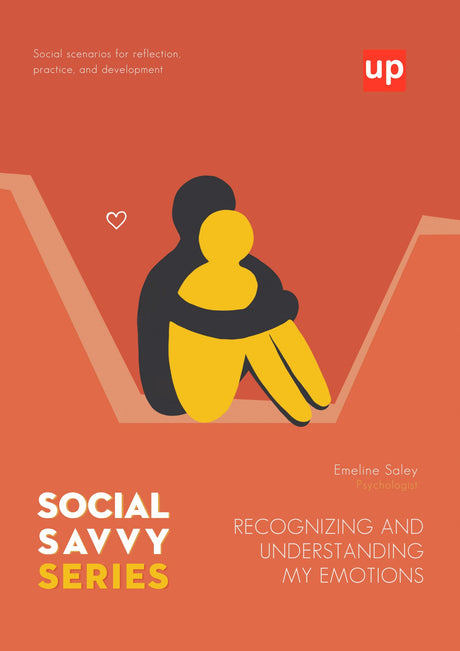At least one in five teenage girls has experienced some type of major depression. During the teenage years of life, there are many personal struggles we go through. From bullying to self-esteem issues, it can be easy to see why this age group suffers so much from various mood disorders.

It's a fragile phase of life where teens are searching for their purpose in later life. They struggle with issues such as what they want to do after high school, where they want to go to college, or simply who they want to be friends with. Everything can seem like the end of the world and moods are much more difficult to manage due to hormonal fluctuations.
This puts teens at a greater risk for depression. As such, it's said that girls are twice as likely to develop mood disorders. So what is it that makes teenage girls suffer at a much higher rate?
Keep reading to learn all about it.
Mood Disorders and Teenage Girls by Upbility
What are Mood Disorders?
Mood disorders are in reference to different mental health issues that affect your mood. There are a few different disorders that fall under this category including depression and anxiety.
These larger, banket mental health disorders can result in others as time goes on or can be the result of other existing issues. For example, eating disorders, body dysmorphia, bipolar disorder, and substance abuse.
Signs and Symptoms
There are a number of signs of mood disorders and different symptoms that can help you recognize when a teenager is being affected.
Some signs of teens and mood disorders are things like ongoing sadness, feelings of despair, and thoughts of suicide. It can also include less commitment to after-school activities, spending less time with others, or being secluded.
You might also notice changes in appetite and mood in much more obvious ways. This could be skipping meals or never joining meal times. Teens will express anger and disdain through grouchiness and an aggressive attitude.
Why Teenage Girls Suffer More Than Boys
There are many examples of teenagers experiencing mood disorders. But why is it that teenage girls go through this much more than boys?
A good example of a mood disorder to explore is anxiety. Girls will experience maturity at a faster rate than boys so they are sensitive to emotional situations much sooner. This can also be related to higher rates of depression in teen girls as well.
At this age, women may be getting their first period and their bodies are constantly changing. There is a lot of pressure on girls at that age to fit in, especially in terms of their outer appearance.
Teenagers and Mood Disorders
Mood disorders are very common in teenagers. Sometimes it can feel like we don't have the answers, but there are plenty of resources out there. Educate yourself on how you can spot a mood disorder and how you might be able to help the situation.
In most cases, all others can do is be a support system. There are educational books and resources to help teachers, parents, and therapists deal with teens and mood disorders.
Upbility has resources dedicated to helping people support the teens in their lives. More specifically our material support the following topics:
All people get angry sometimes. Children and adolescents should learn to recognise emotions of anger, express them, and develop skills for managing them. No matter the age group in which you see explosive behaviours (infants, children, adolescents), the Upbility team have the resources you need to teach anger management techniques and help children of all ages handle their anger healthily and positively.
Positive Behaviour Support uses proactive, instructional, and supportive strategies for achieving significant and durable behaviour outcomes.
Applied Behaviour Analysis is the process of systematically applying interventions based upon the principles of learning theory to improve socially significant behaviours and demonstrate that the interventions employed help improve behaviour. As with almost anything related to autism, these techniques are evolving constantly.
Books about bullying and conflict resolution help cope with such practices in school, at home or on the internet and deal with people involved in a bullying incident.
A less intensive form of behaviour therapy, behaviour management focuses on maintaining order. It comprises ‘’all of the actions and conscious inactions to enhance the probability people, individually and in groups, choose behaviors which are personally fulfilling, productive, and socially acceptable.’’ (Shea & Bauer, 1987).
by Alice Kassotaki - Speech Language Pathologist MSc, BSc
copyright Upbility 2022











